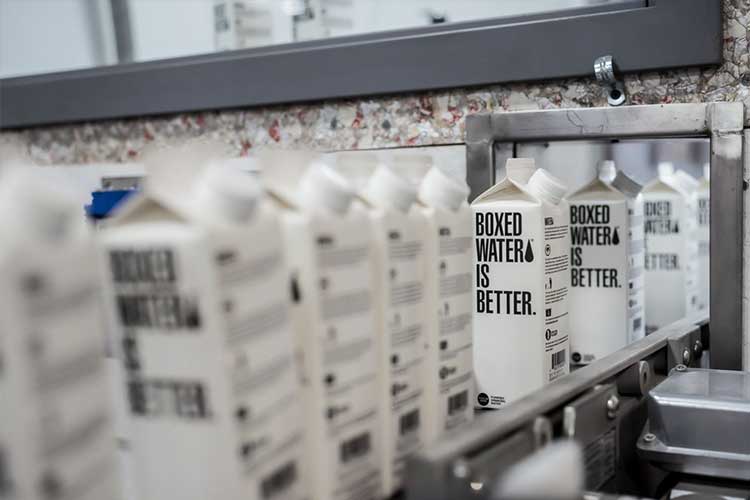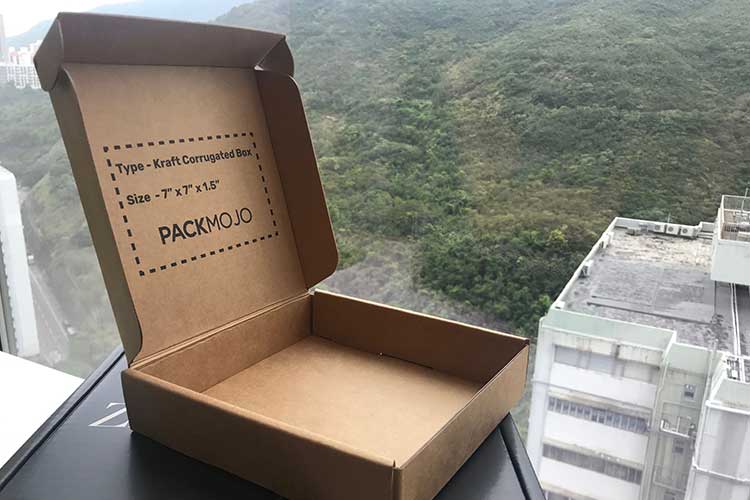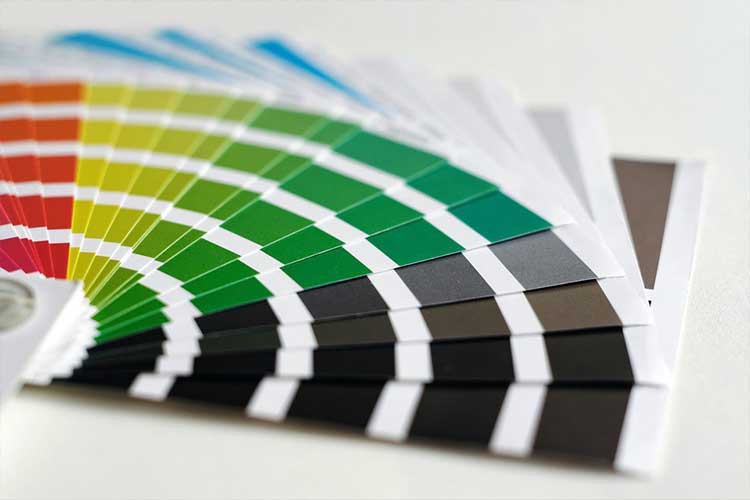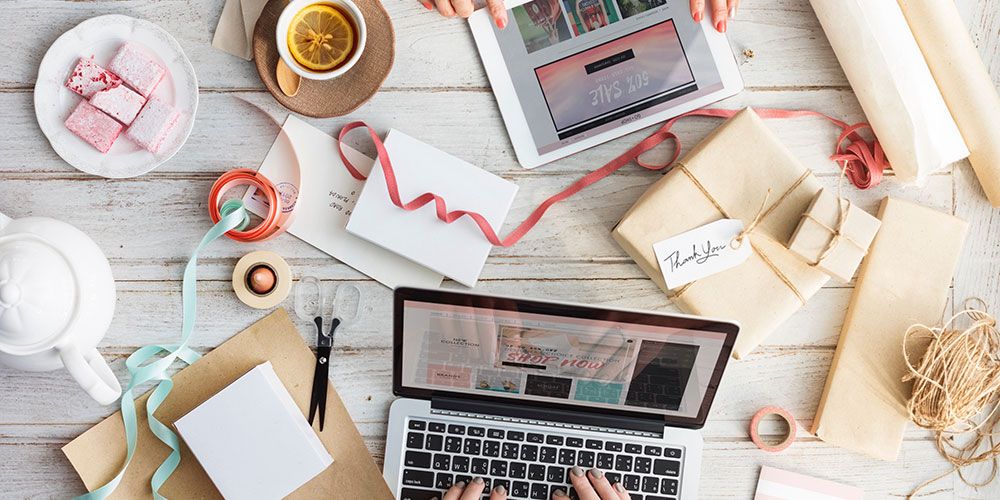With the rise of eCommerce businesses, it becomes imperative that sellers are able to deliver on the same experience in their customers’ homes as they would in retail stores. Packaging is one of the most effective ways of translating your brand experience offline, acting as a relay for your message to your customers. However, where does one start when it comes to packaging? This article will cover some of the basics of packaging, including:
- What materials to consider.
- What makes packaging sturdy enough for shipping.
- What inks to choose from.
Paper or plastic packaging?
The two most common packaging materials are paper and plastic. Each with its own unique advantages and disadvantages in terms of aesthetics, structure and environmental impact. Paper is generally the preferred choice for many because the material is environmental — it breaks down far easier and faster than plastic. Paper is also considered a premium and quality packaging material choice in comparison to other available options (Ipsos). This article will cover the basics of paper packaging boxes, and some of the more common paper materials.

1. Paper types — what are the options, what are the differences
There are hundreds of paper types, all with its own unique attributes and properties. Here are a few of the popular options used across different eCommerce businesses.
Kraft Paper
Kraft is one of the sturdier, more eco-friendly options of paper to choose from.
- It has one of the fewest chemical processing, making it one of the more organic paper options available.
- However, the lack of processing also reduces the paper’s ability to enable quality print, often “dulling” the colors. Only certain colors, such as black, are able to achieve a consistent and reliable color outcome on kraft paper.
- Many brands prefer the rustic aspects that are associated with kraft paper. If you are looking for natural, eco-friendly options, kraft is your best bet!

Solid Bleached Board (SBS)
A high quality paper board with characteristics that enable the highest quality print.
- SBS paper is the preferred option in many industries since it has been processed to allow the best graphical and printed outcomes. It is also one of the most expensive paperboard materials as well.
- SBS paper is perfectly white and odorless, properties that are important for perfume, makeup and food brands.
- The material also enables high quality outcomes on other finishing options such as embossing and hot-stamping.
- If you are looking to provide the sharpest quality print on your packaging, you cannot go wrong with SBS!
Clay Coated Board (CCNB or CRB)
Also known as Clay Coated News Back and Coated Recycled Board.
- Made from primarily recycled materials.
- A white surface suitable for printing, and a grey surface on the other side.
- Middle ground between kraft and SBS. Provides quality print, but not at the premium and sharpness levels that SBS enables.
- A viable eco-conscious alternative to kraft for those looking to produce quality print output as well.
- Generally one of the more economical options as well for materials.
2. Fluting — The backbone of all sturdy packaging.
Anytime you open up a box that carries an expensive and/or heavy item, you may come across fluting. Fluting (also called corrugation — essentially describing the same material) is a wavy layer of paper you normally see in between the paperboard. Fluting is optional, since many packaging do not require strong and sturdy boxes. Perfume or make-up brands that you find in stores rarely have fluting for their packaging, relying on the paper’s own natural thickness instead. However, for many eCommerce packaging such as mailer boxes used in subscription box businesses, adding fluting to the paper board (kraft, SBS etc.) is highly recommended.

The size and height of the wave provides a varying level of thickness and cushioning, but E-Flute and B-Flute are generally the most common choices.
E-Flute
- E-Flute is thinner and half as thick as B-Flute.
- Great for shipping since it provides excellent crush resistance.
- The slimmer size makes the box much easier to store.
- Great packaging option for most eCommerce businesses (especially for subscription boxes.
B-Flute
- Twice as thick as E-Flute.
- For heavier items or products, and bigger boxes in general.
- The extra thickness provides extra cushioning for protecting the product within.
- Like E-Flute, also provides great crush resistance for shipping and transportation.
3. Ink — Does it make a difference?

Soy Based Ink
- Eco-friendly ink made from soybeans where the oil is mixed with environmentally friendly substances which can include natural resins and waxes.
- Can be used to produce much brighter and vibrant colors.
- More cost effective.
- Soy based ink on the other hand are not only more ecologically friendly, the paperboard that the ink prints on is also easier to recycle as well.
Petroleum Based Ink
- Traditional type of ink you would find in pens or standard printed documents.
- Contain pollutants and hazardous compounds that are harmful to the environment.
Our thoughts? Soy based ink is the way to go if you want to be conscious of the environment. (Side note: we use soy based ink for all of our packaging!)
Ready to Take your Packaging to the Next Level?
We’re here to help businesses create impactful first impressions with their customers through packaging and branding. Visit our website to get started and learn more about how we’re helping businesses tell their brand story!
About PackMojo
PackMojo makes it easy for businesses to get custom packaging in low volume. Our platform allows anyone to order custom packaging in low volume (MOQs of 30). Now anyone can create custom designed packaging that rivals the quality of luxury brands.
